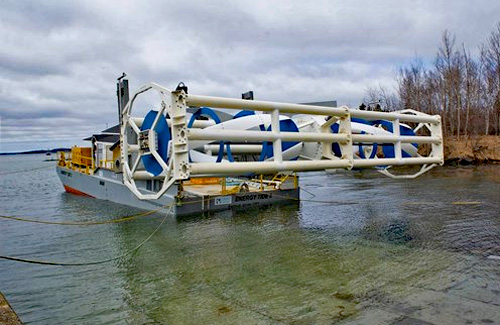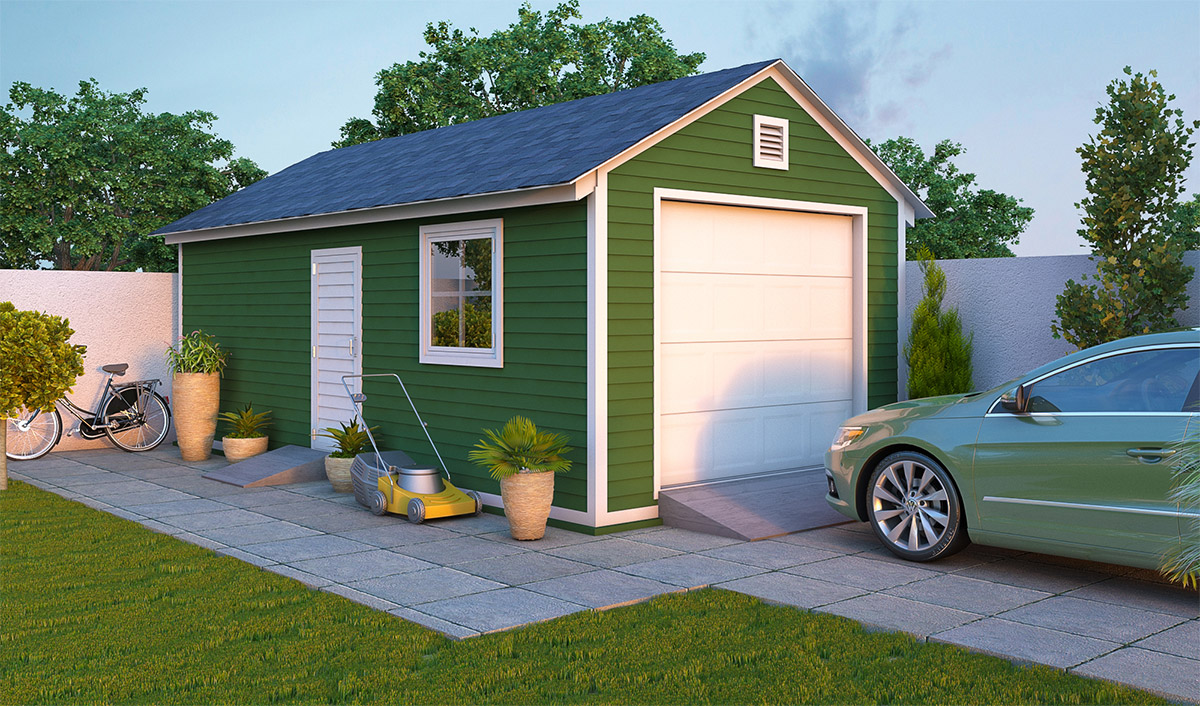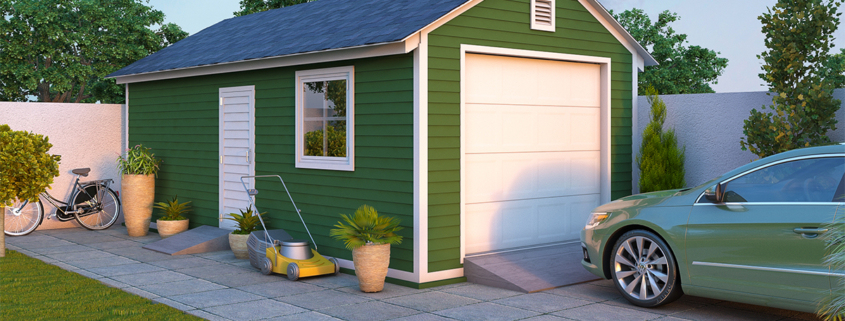Building a Sustainable Garden Shed | Jessica Bliss of shedplans.org
There is often a misunderstanding that building a “green” or “environmentally-friendly” shed is the same as building a sustainable one. While closely related, there are distinct differences between the two. Building an environmentally-friendly structure involves using means that will not hurt the environment. However, building sustainably has even higher standards and is not only about not harming the environment but protecting it for years to come. This means a product or method might be “green” but it may not be sustainable if it takes a lot of resources to manufacture, releases pollutants into the environment, or there isn’t a viable way to dispose of it.
Benefits of a Sustainable Outdoor Storage Building
Utilizing this method isn’t just beneficial to the environment, it also advantageous to your pocketbook. Benefits of sustainable building include:
- Minimal operating costs
- Reduced carbon footprint
- Potential tax incentives
- Production of less waste
Constructing a sustainable garden shed is easier than you might think. This is your guide to building a garden shed with minimal impact on the environment.
Let Your Shed Do the Work
There are features you can incorporate that will allow your shed to self-regulate its temperature by keeping the heat in during the cold winter months and keeping the cool in during the hot summer months.
- Insulation – Make sure you use plenty of insulation in your storage building. It may come as a surprise, but many structures lack adequate amounts of insulation. Insulation made from sheep’s wool, cork, cellulose, and types of fabric such as denim is made with minimal manufacturing which makes them great sustainable options as opposed to your traditional fiberglass insulation. A little-known fact is that adequate insulation can also improve the acoustics of your shed.
- Thermal Mass – Optimize the thermal mass of a building, which is the ability of the exterior of your shed to absorb and store heat energy to combat external heat fluctuations. Concrete, brick, tile, and masonry are excellent options to choose for the exterior of your outdoor storage building.
- Ventilation – Adequate ventilation is important when your shed is well-insulated and air-tight to circulate fresh air and control the level of moisture in the shed. Poor ventilation can also be a potential health hazard. There are two main types of ventilation that you can incorporate into the design of your shed. Passive ventilation is openings near that roof that are typically screened to allow air to pass through. Wind ventilation uses the power of the wind to force fresh air through your structure.
Reduce the Need for Artificial Light
Maximizing natural light is a key part of building a sustainable outdoor storage building. Incorporating skylights, sun tunnels, and adequate windows throughout the building will reduce the amount of artificial light needed and thus reducing your energy bill and carbon footprint.
Tip: Make sure to use only energy-efficient products, such as double and triple pane windows, and make sure installation is airtight. Otherwise, your efforts will be counter-productive, and you will end up losing heat through the fixtures.
Alternative Forms of Energy

A beta hydrokinetic generator to be installed near Eastport, ME—location of some of the largest tides in the U.S. Photo Credit: Ocean Renewable Power Company | WBDG
The use of solar energy or wind energy as alternate forms of energy to run your shed compared to traditional electricity reduce operating costs. These are excellent methods that require minimal resources and do not emit pollution into the environment.
How to Select Sustainable Materials
Incorporating these types of features is only part of building a sustainable shed. The second part is making sure to choose materials that meet the requirements. Here’s what you should look for when purchasing construction materials for your outdoor storage building:
- Choose items that require minimal processing, manufacturing, and shipping. All three of these require resources. The more that is involved in producing and delivering the product to its end location, the larger the carbon footprint.
- Look for products made with recycled materials. Repurposed materials mean fewer resources were needed to make the product and materials were used that would have otherwise ended up in landfills.
- Have an eye towards durability. Durable products will last longer, which means they won’t end up filling up landfills in a few years. Long-lasting products emit less pollution, ultimately save resources, and reduce your carbon footprint.

Photo Credit: Shedplans.org
The Bottom Line
Sustainability is about taking advantage of what mother nature has already provided and caring for our resources so that generations to come have a healthy world to live in. Constructing a sustainable shed is easy to do with a little planning from the start. Get started on your own backyard garden shed by browsing FREE shed plans at shedplans.org.







Leave a Reply
Want to join the discussion?Feel free to contribute!